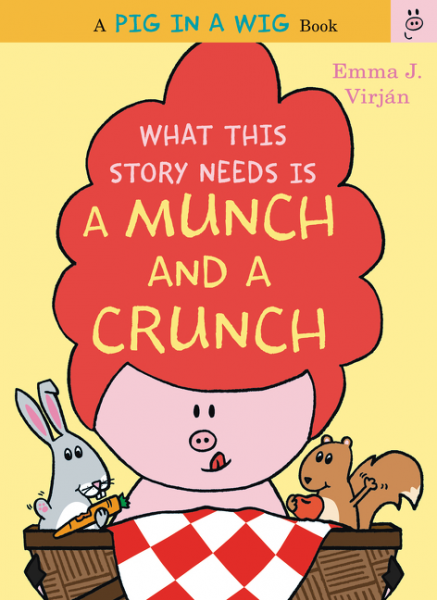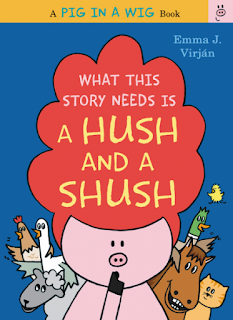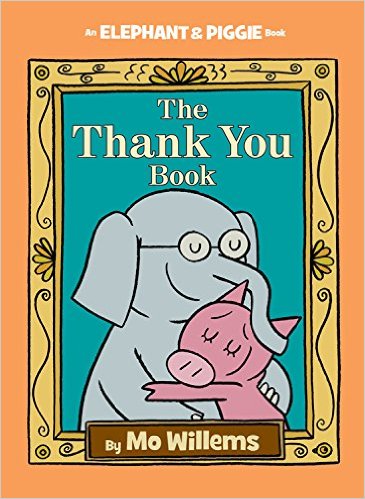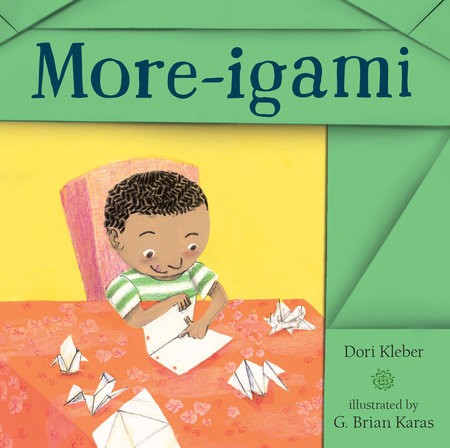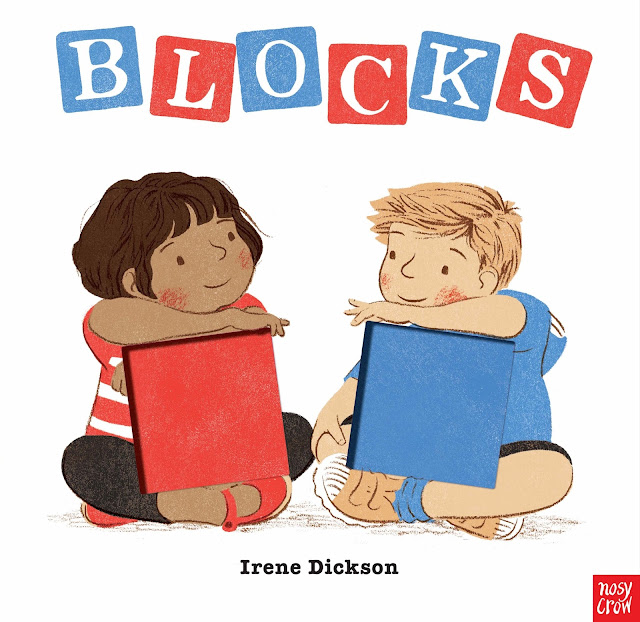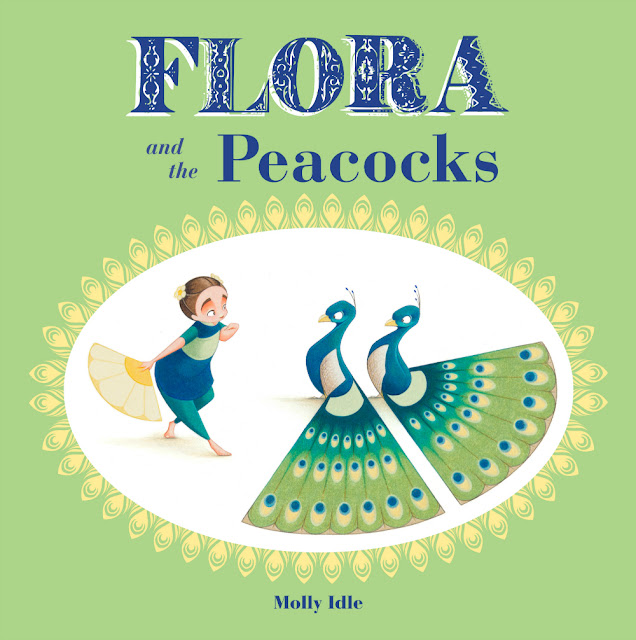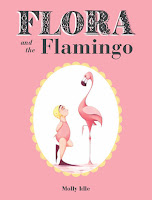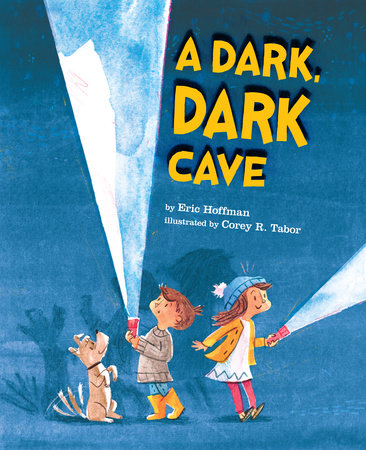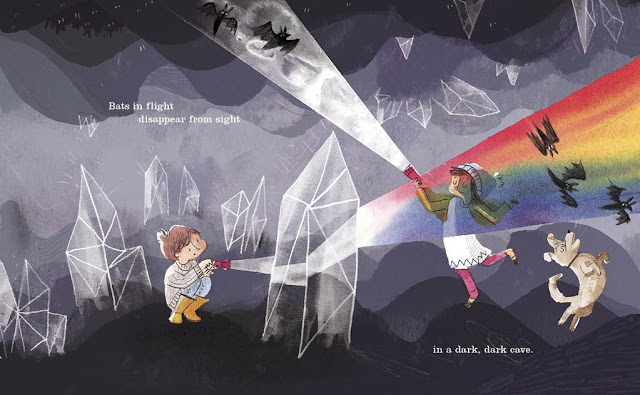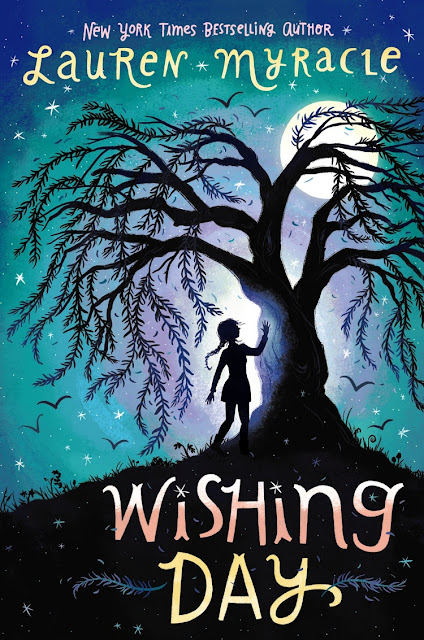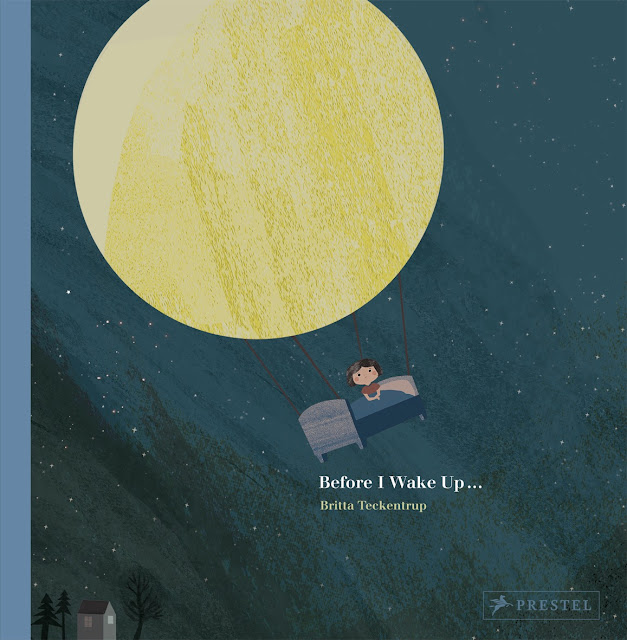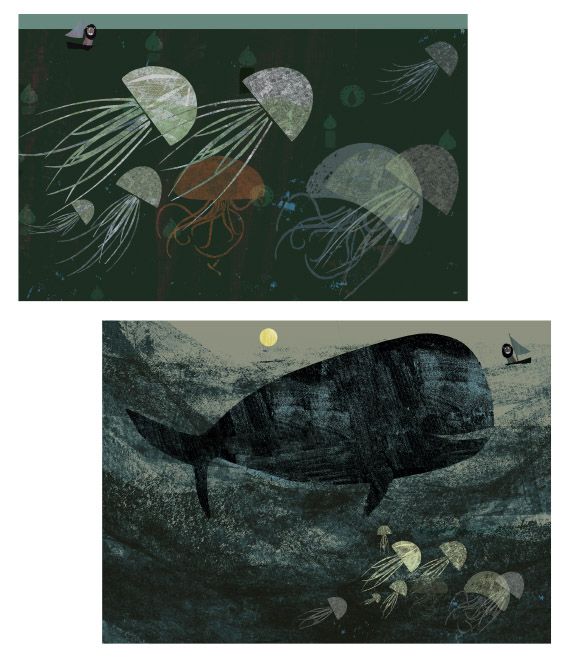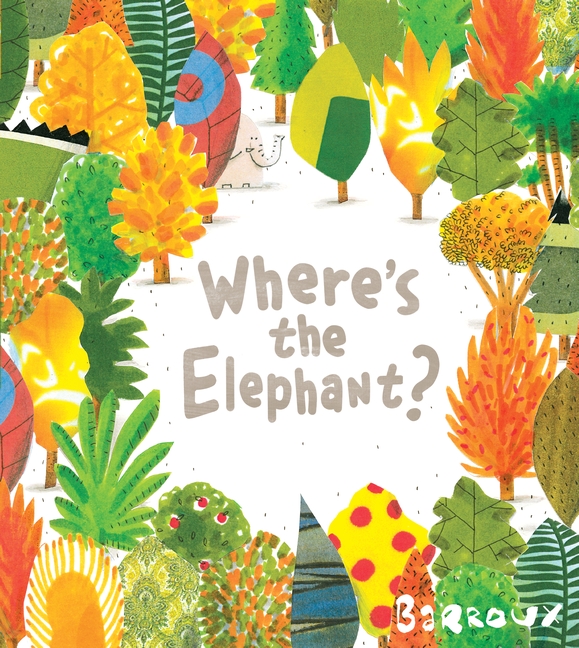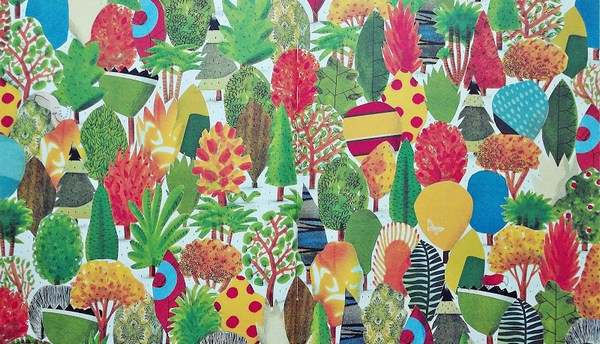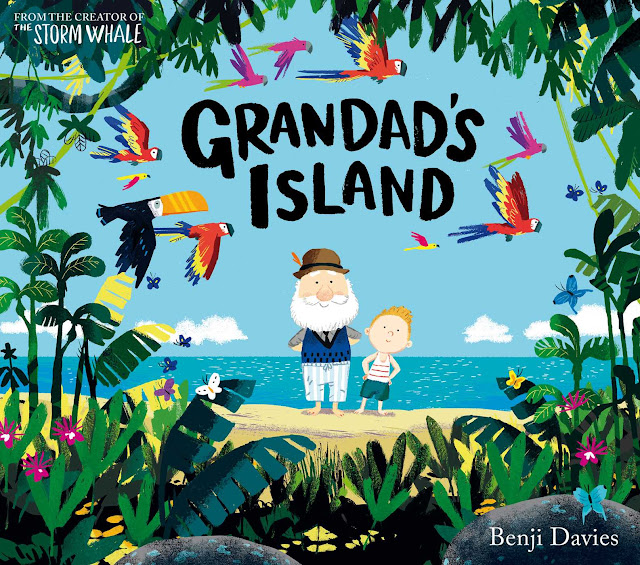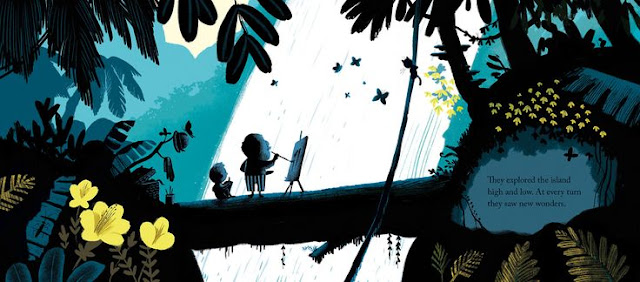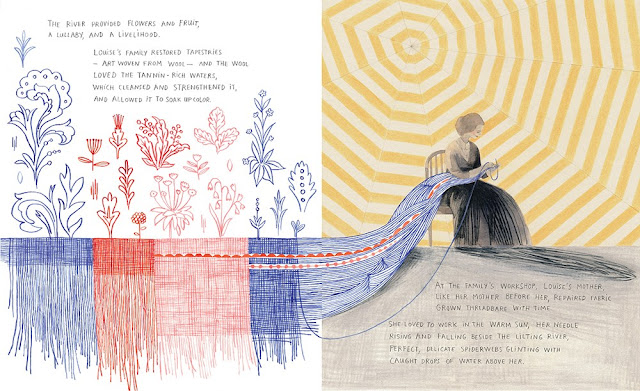I first learned of artist Louise Bourgeois as a freshman at art school, although I did not learn about the role of fabric in her life. However, even if you know nothing about the art and life of Louise Bourgeois, Cloth Lullaby: The Woven Life of Louise Bourgeois is a must-have picture book biography that is a stunning work that illustrates the links between childhood, creativity and artistic inspiration. Author Amy Novesky has written several picture book biographies of artists, from Billie Holiday to Geogria O'Keefe to Me, Frida, a book about Kahlo's time in America with Diego Rivera. Novesky's biography is brought to life beautifully by a favorite of mine, Isabelle Arsenault.
Born outside of Paris in 1911, Louise and her siblings were raised by a river. As a child, she spent much of her time in nature, sometimes spending the night in a tent, lulled to sleep by the "rhythmic rock and murmur of river water." Arsenault's illustrations immediately bring to life this idyllic world, layering in a woven feel to her artwork that echoes both Bourgeois's heritage and future work. Novesky's well crafted, poetic text makes Bourgeois's experience and artistic influences immediately understandable.
Louise's family restored tapestries and her mother would often work outside in the sun, "her needle rising and falling beside the lilting river, perfect, delicate spiderwebs glinting with caught drops of water above her." When Louise is twelve, she learns the family trade as well and decides that drawing is "like a thread in a spider's web." Novesky incorporates passages from Bourgeois's diary into Cloth Lullaby, which are printed in red.
Louise comes to think of her mother, who is her best friend, as a spider, "Deliberate . . . Patient, soothing . . . Subtle, indispensible . . . And as useful as an araignée (spider.)" Louise's father would bring home cloth scraps from his travels and her mother would take the two halves of cloth, reweaving them to make a whole. Louise heads to the Sorbonne to study mathematics, but the death of her mother leaves her feeling, "abandoned and all alone. A thread, broken."
Louise turns to art. First painting, then sculpture. As a tribute, she creates giant spiders made of bronze, steel and marble that she names, Maman (mother). Eventually, Louise begins to sculpt in cloth, using fabrics from her life - childhood clothing, her new husband's handkerchiefs, napkins from her wedding trousseau - to make books. Novesky writes, "Weaving was her way to make things whole." Bourgeouis spends the last years of her life weaving her childhood memories into works of art.

Novesky's authors note is wonderful, putting Bourgeois's career into context, including the prestigious retrospective of her work at the Museum of Modern art when she was seventy-one. More quotes, photographs of the artist and her work as well as sources make learning more about the artist a must. Arsenault's illustrations bring to life a world that I'm sure readers will want to know more about. Cloth Lullaby is a book that I know I will be reading over and over, taking in the beauty and the sadness of the childhood that inspired a creative life, and inspired this superb book.
Source: Review Copy
